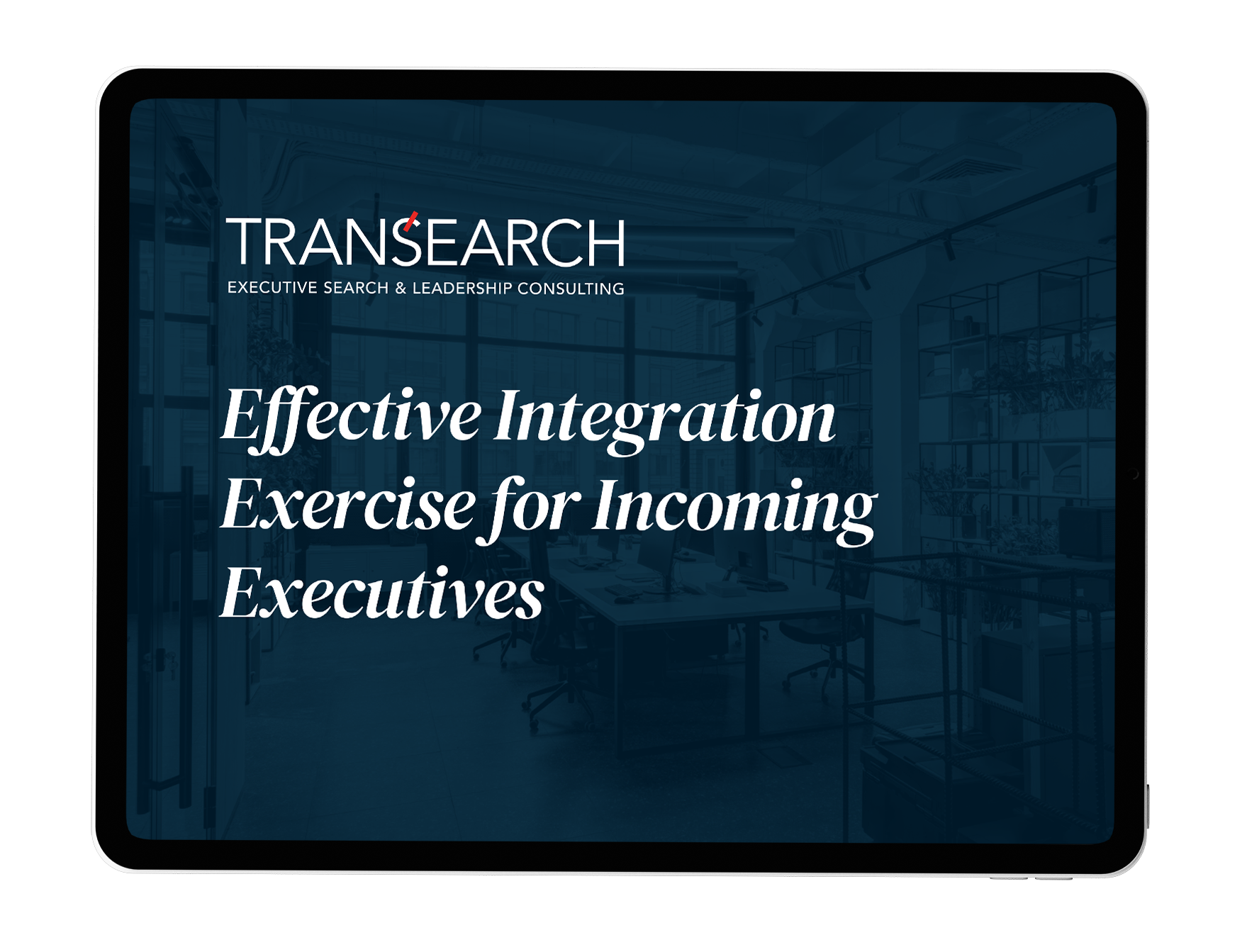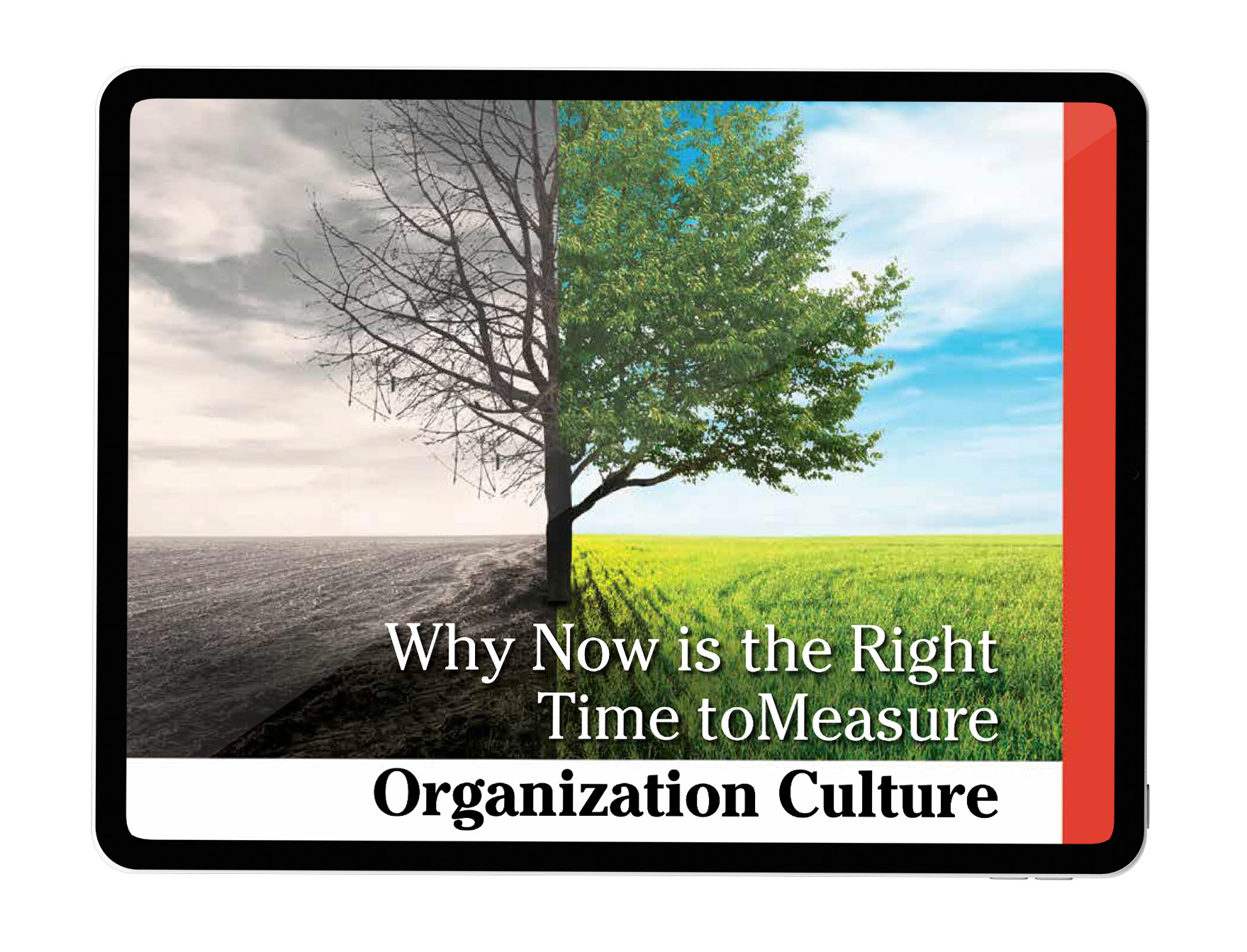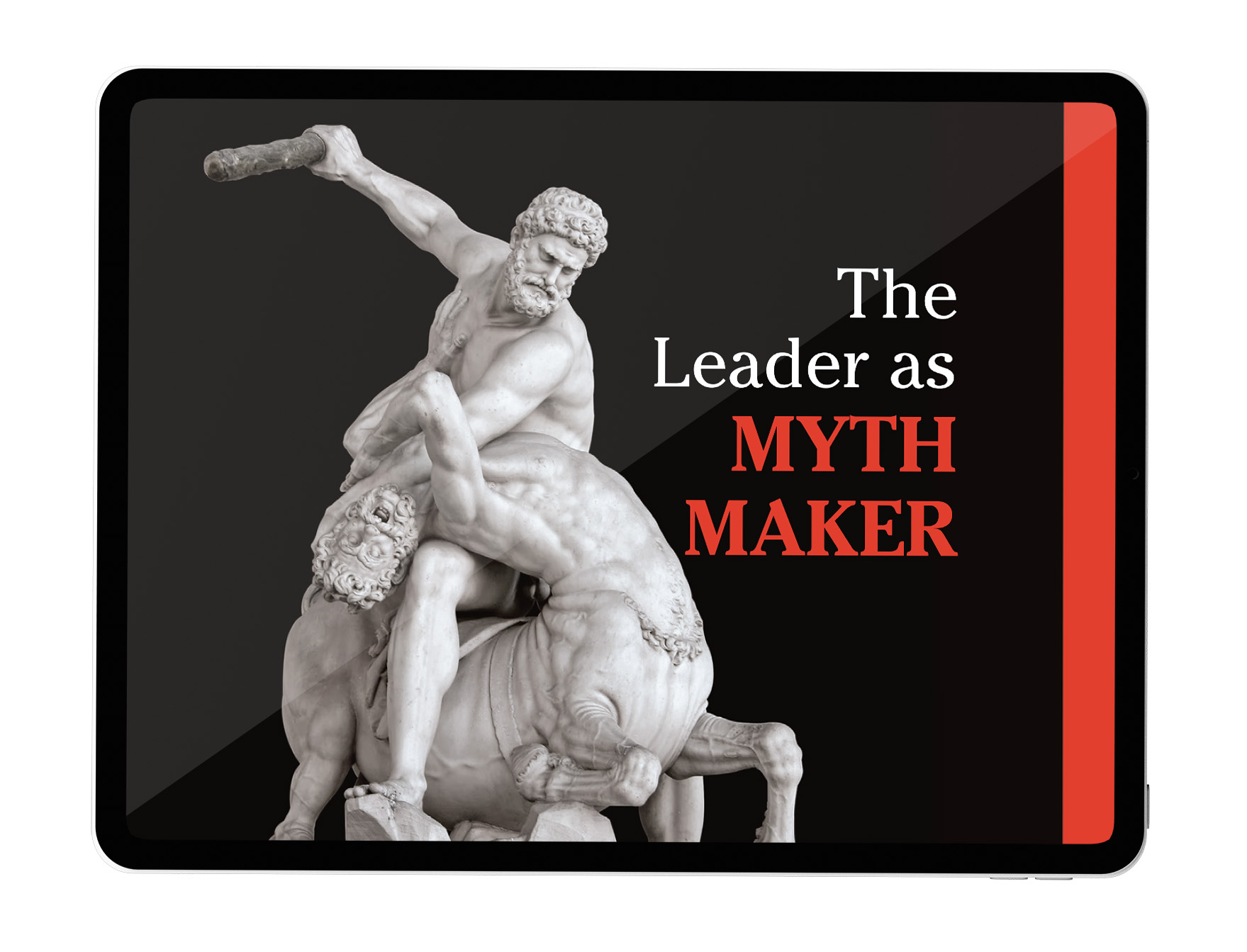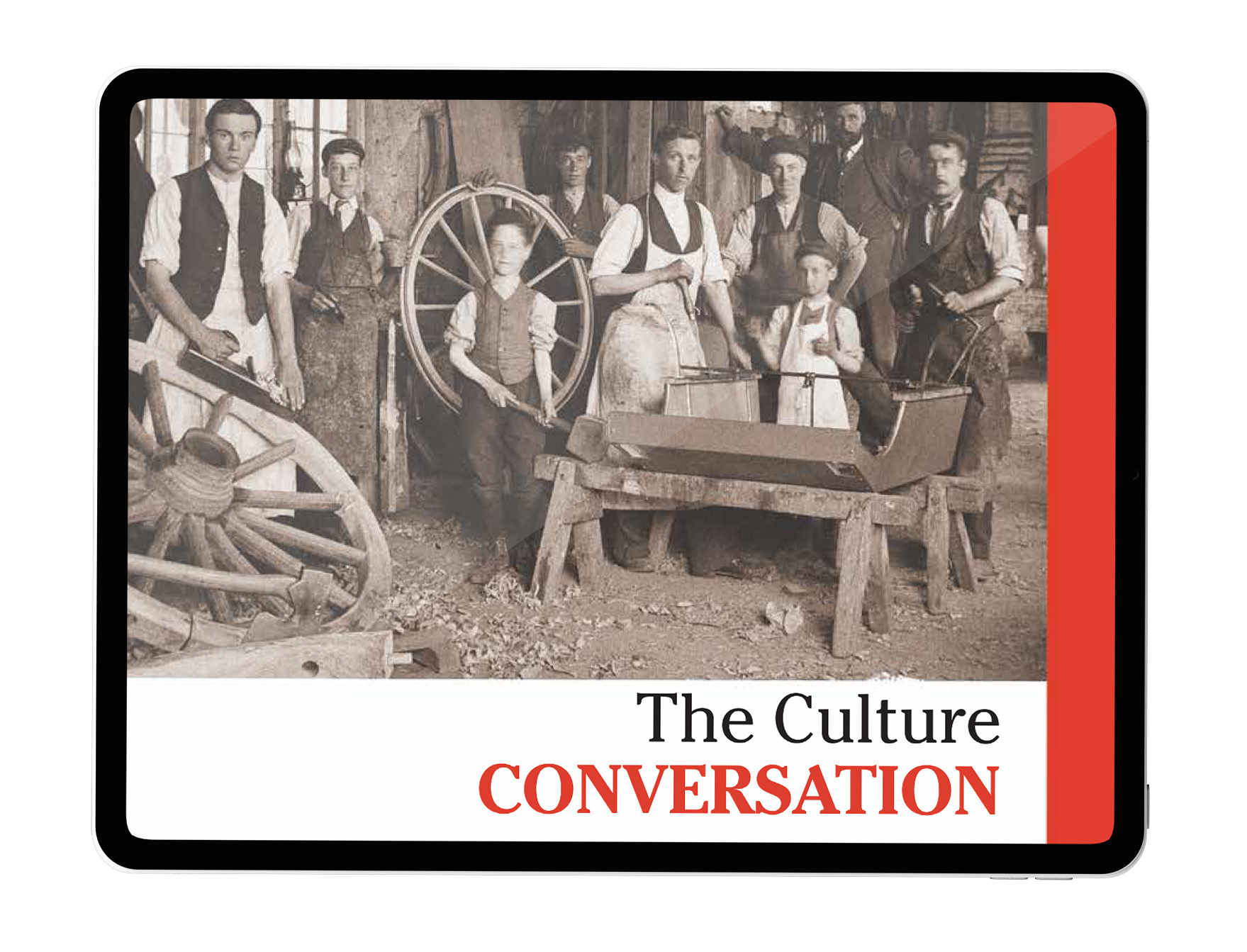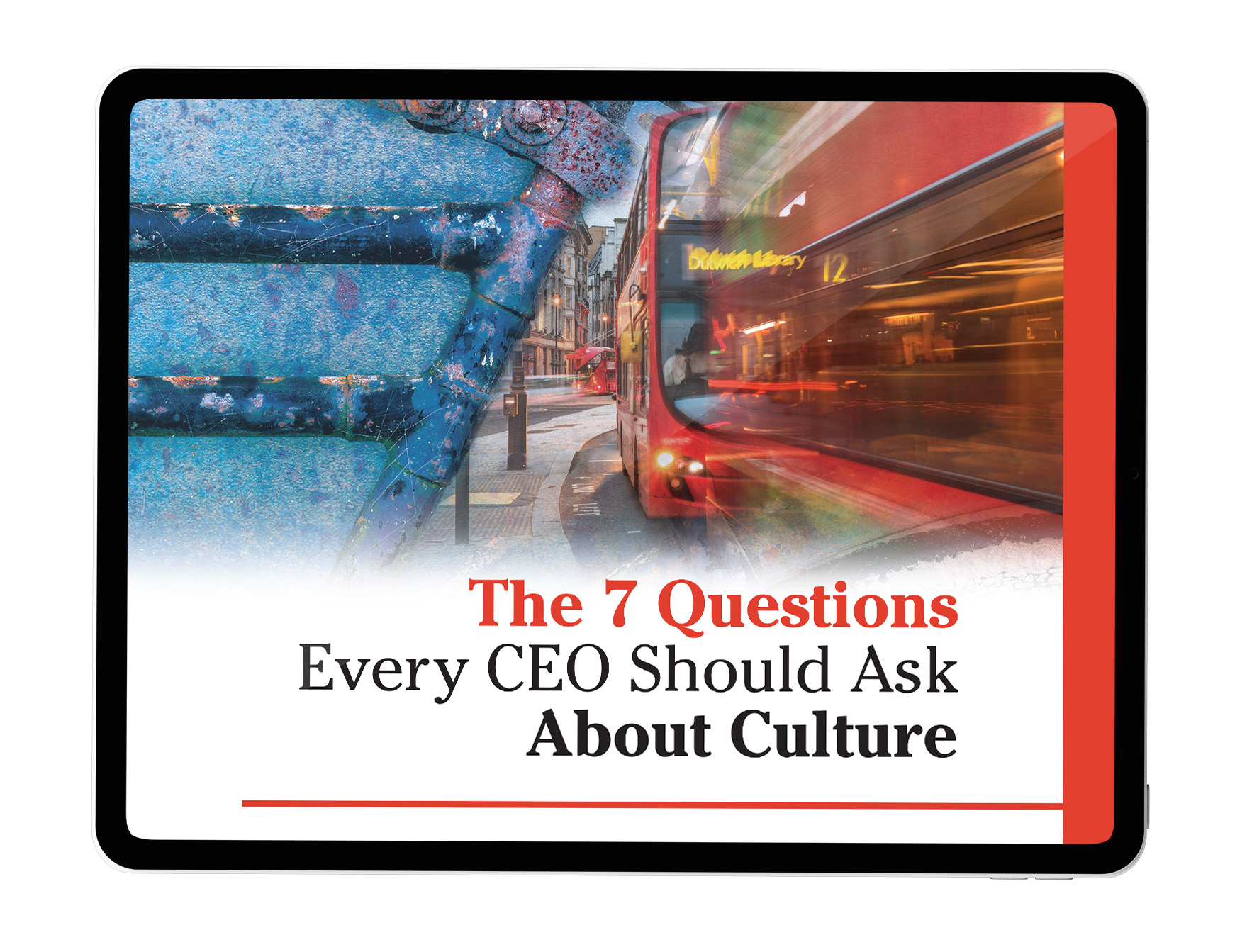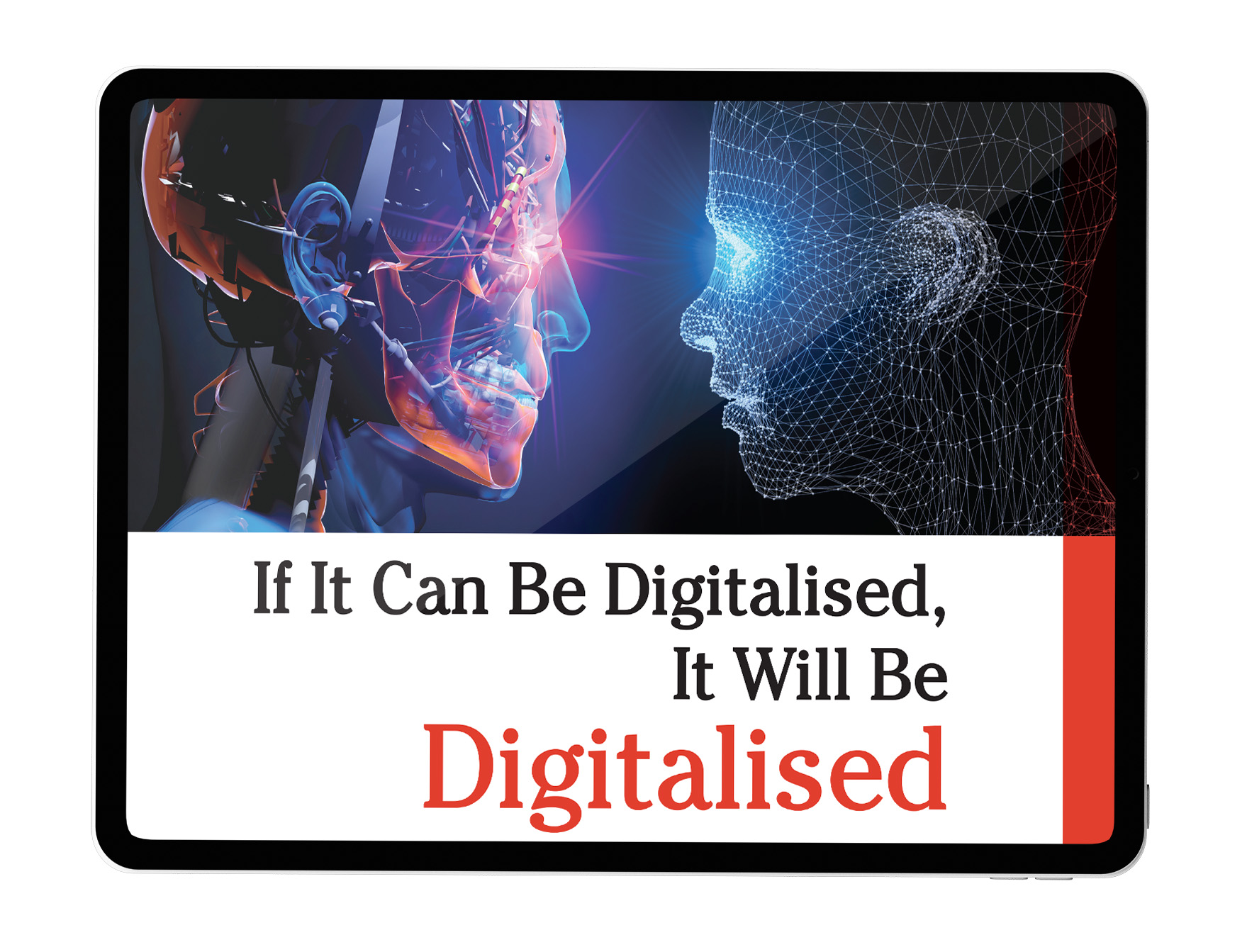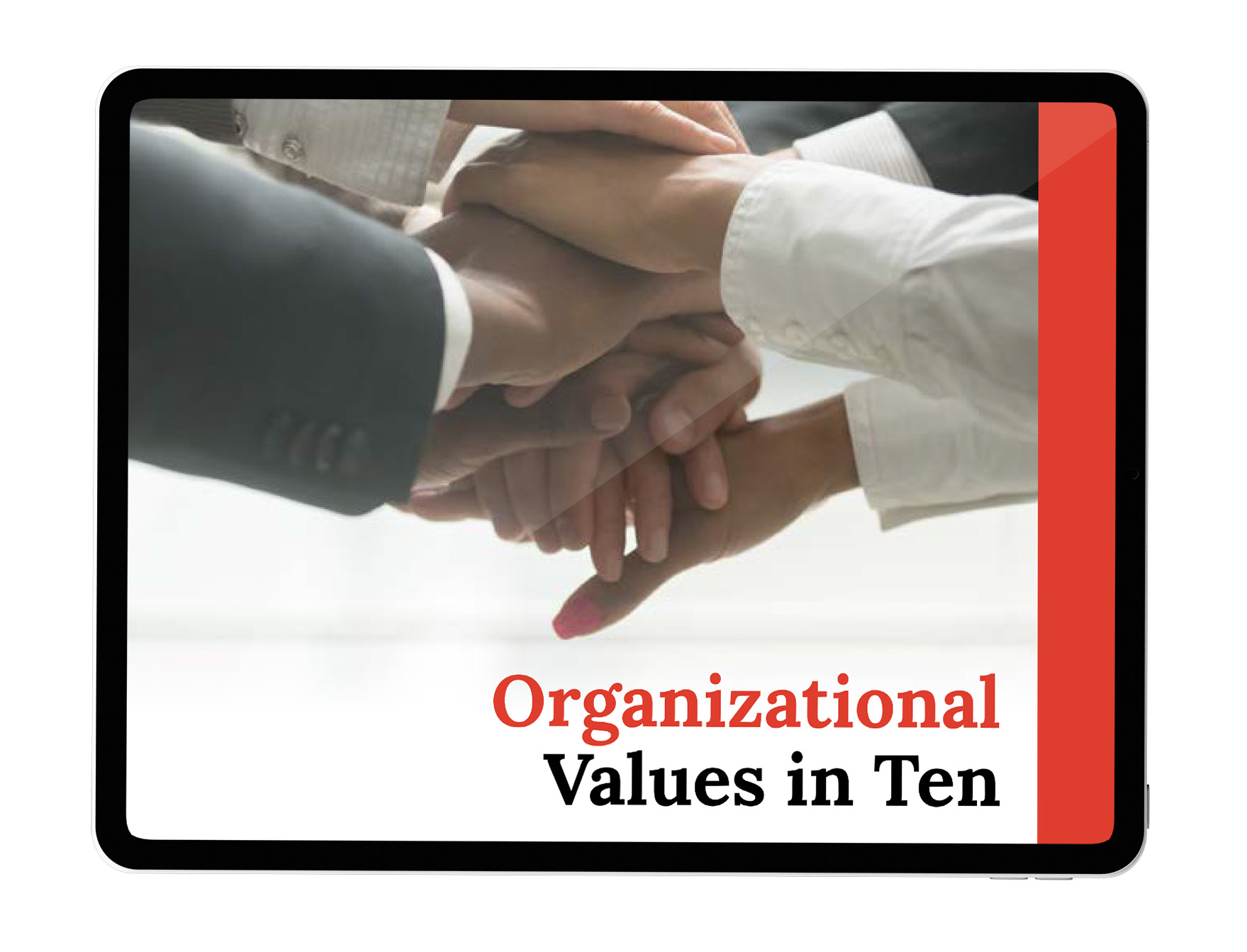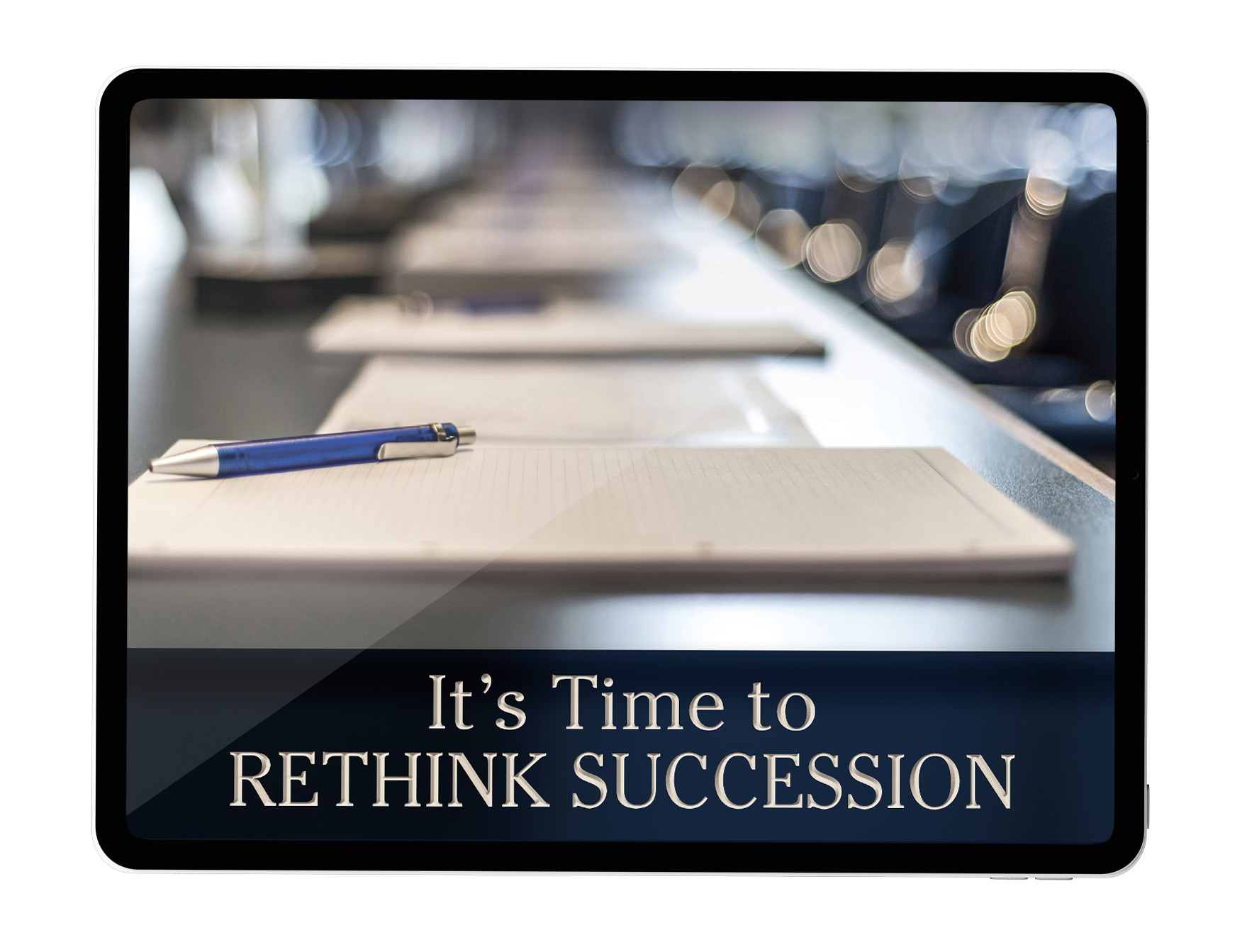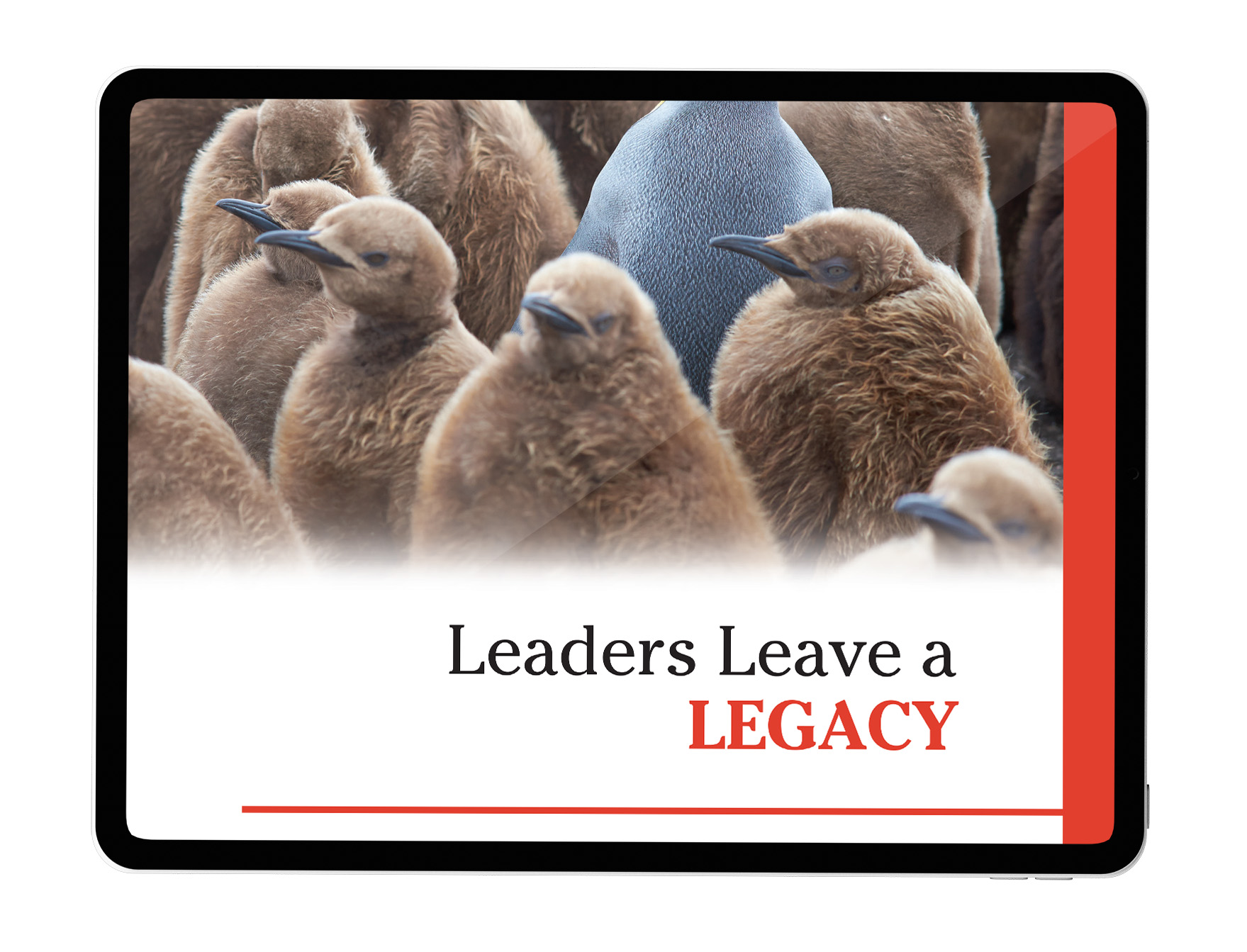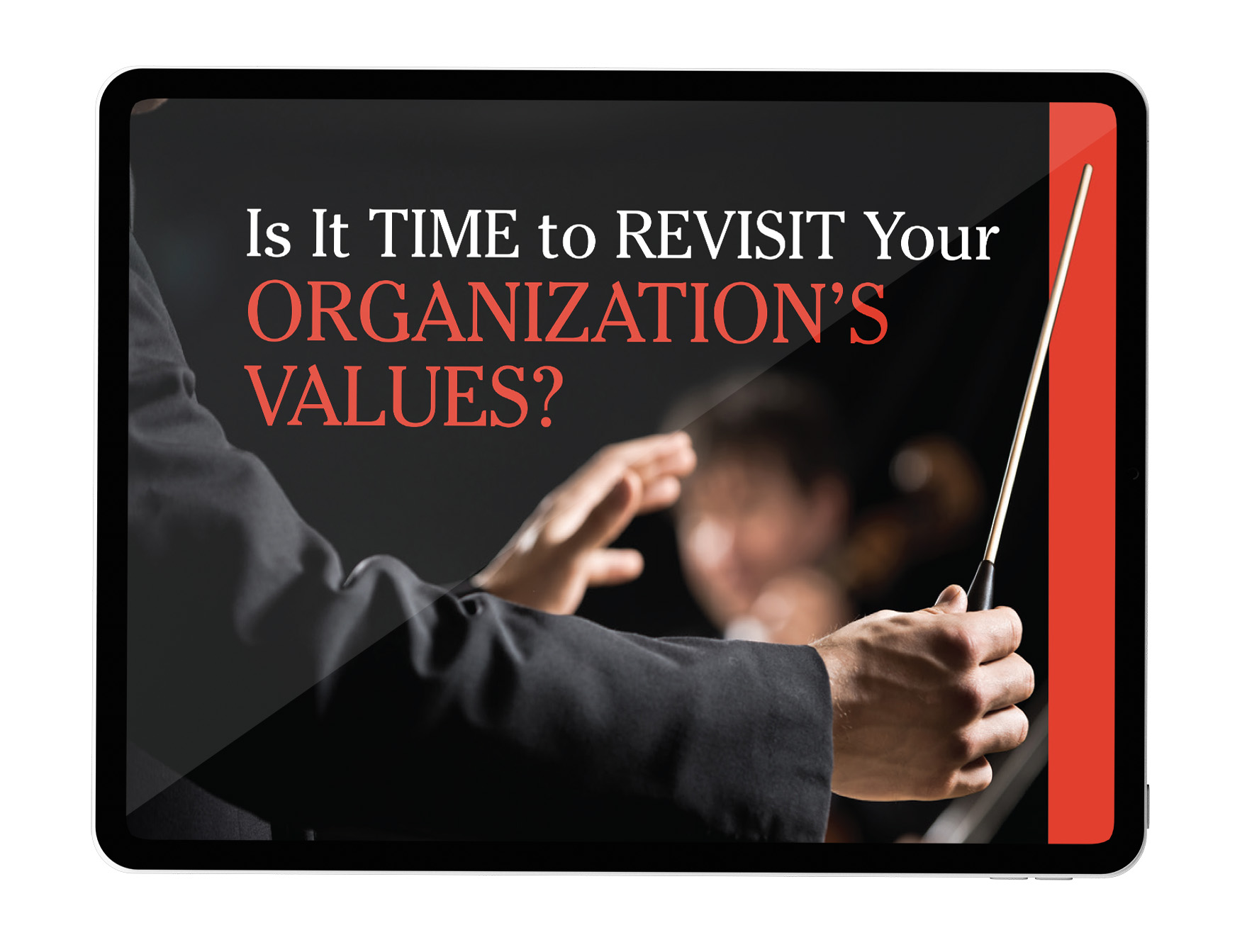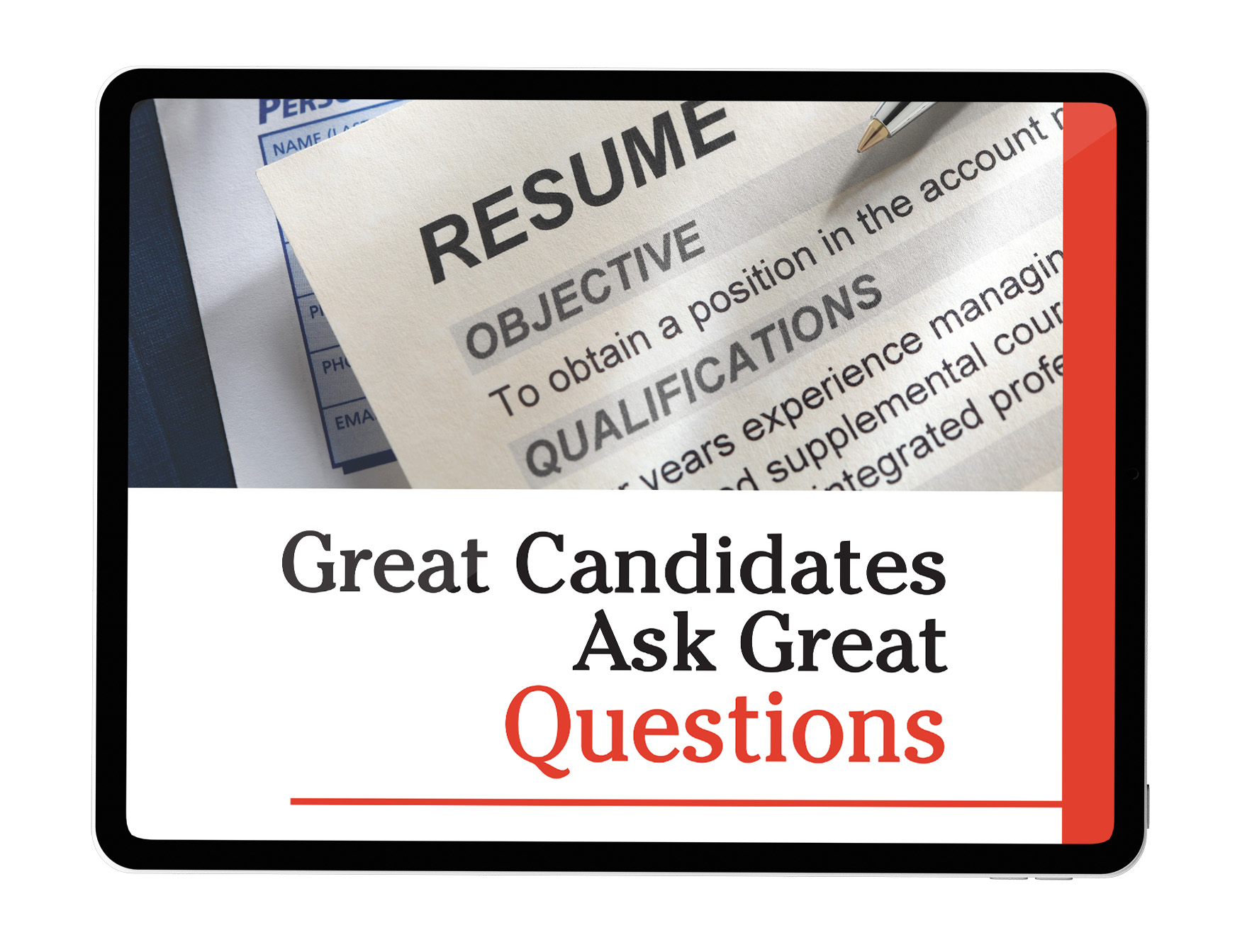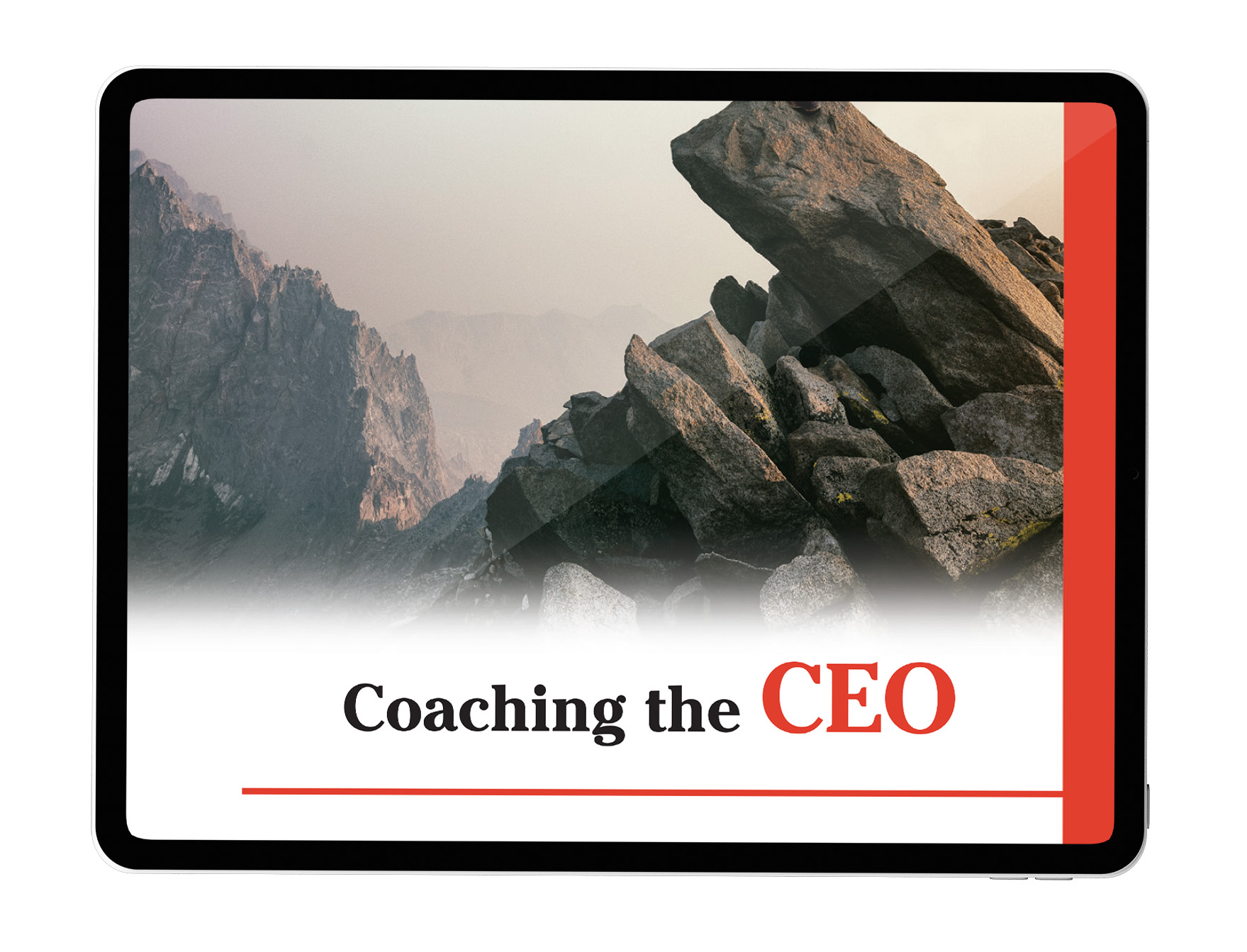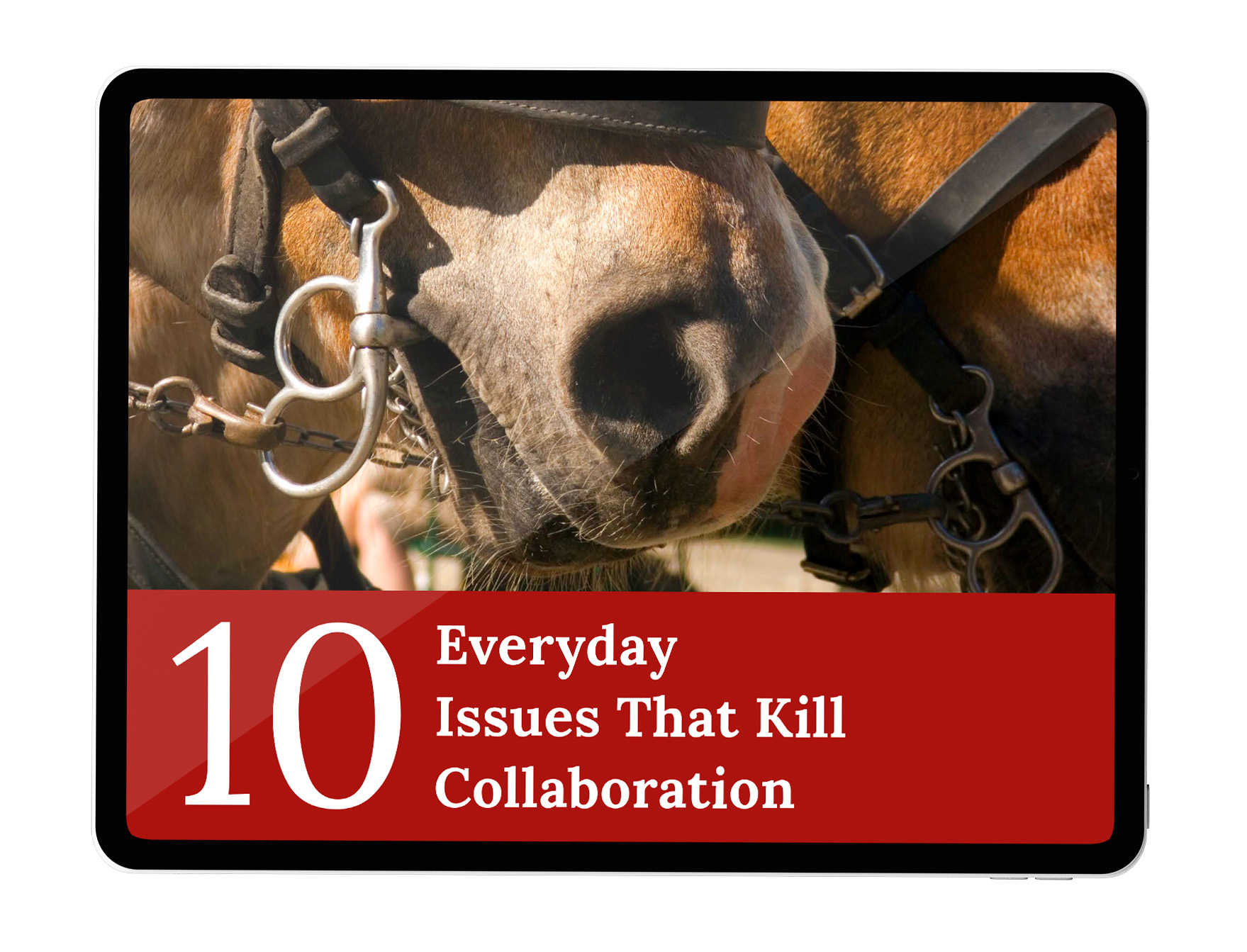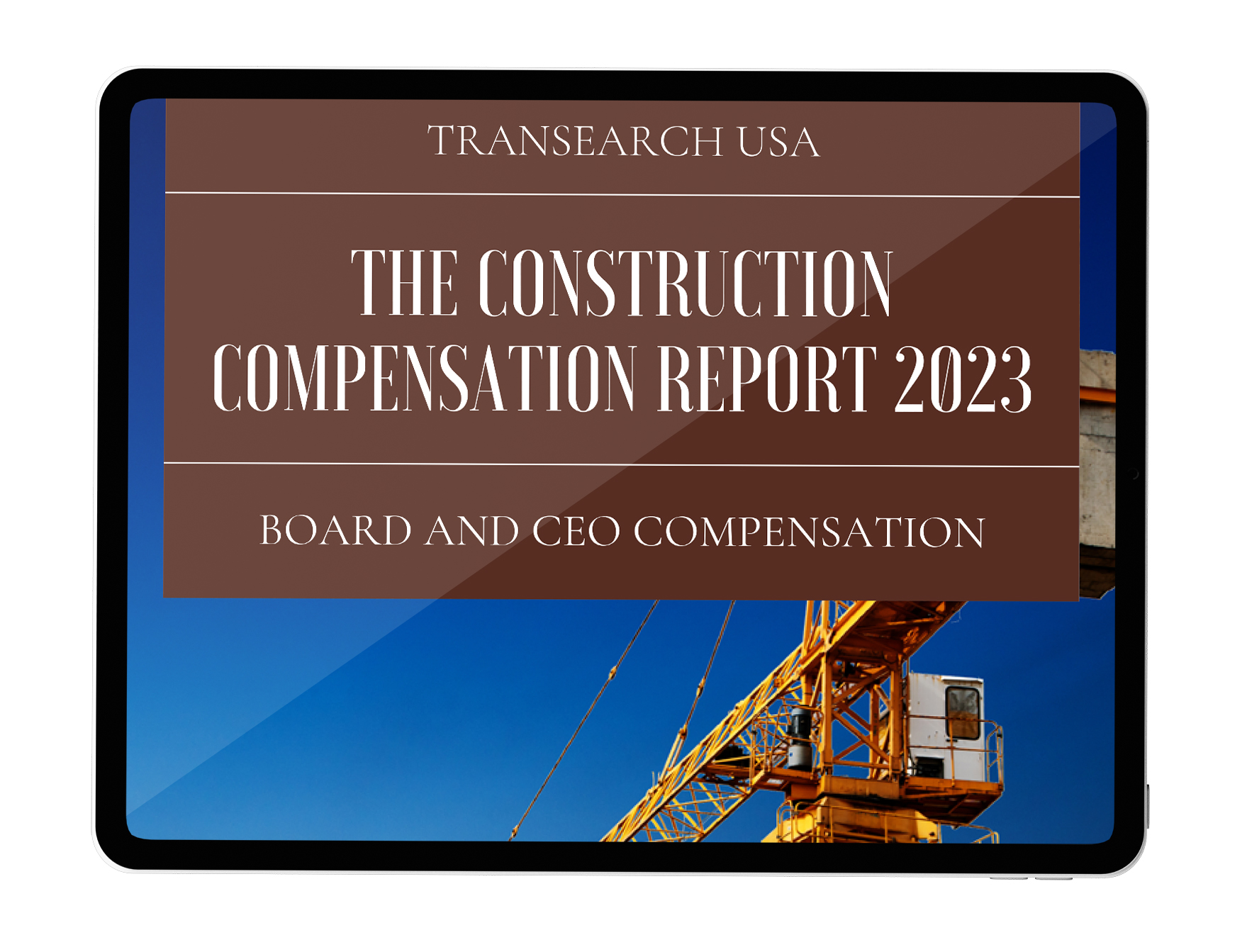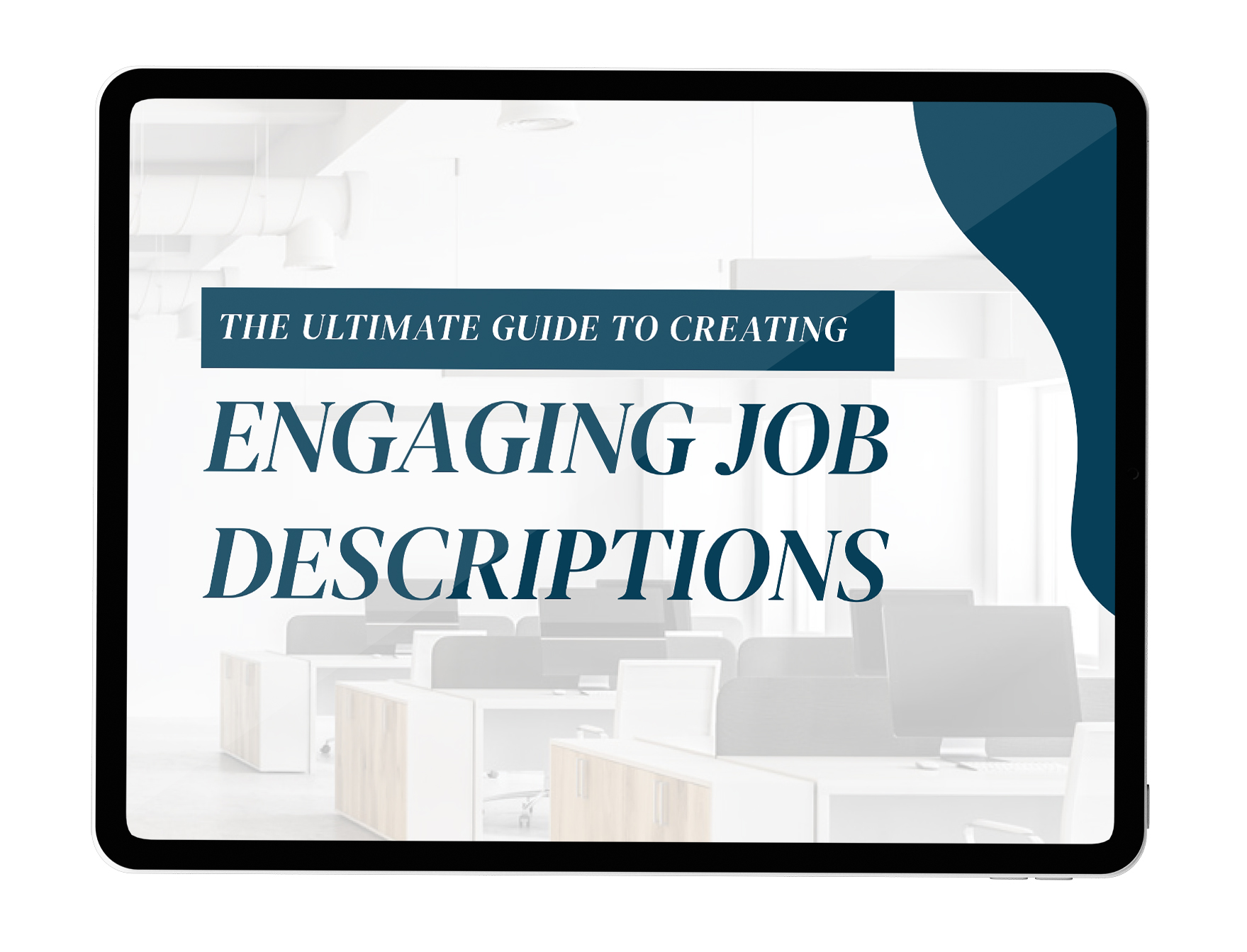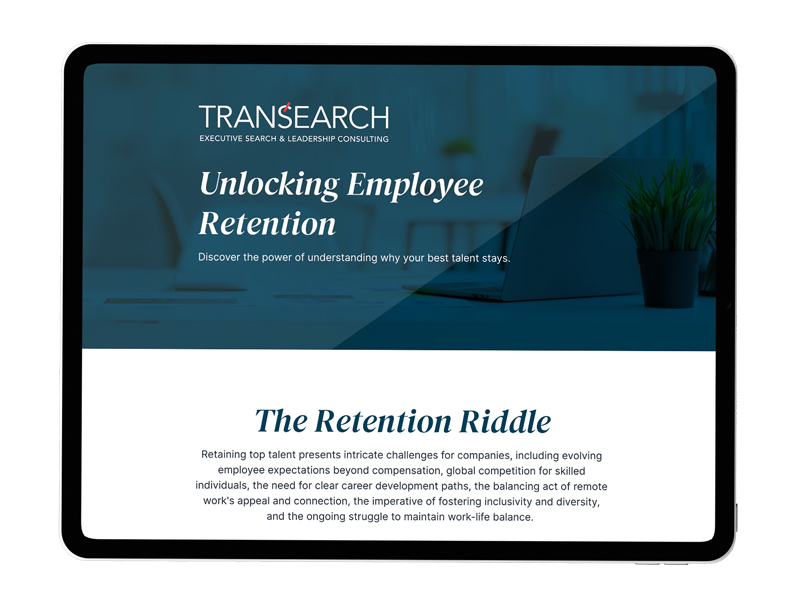More than nine million jobs are open and waiting to be filled in the United States right now. Even more eye opening is that the number of job postings has skyrocketed over 40% since February, according to government statistics.
Why are companies finding it so challenging to fill roles with talented people?
Simply put, we are experiencing a skilled labor gap.
Who is leaving the labor force and why?
One of the primary factors contributing to the skilled labor shortage is an exodus of baby boomers. Data shows there are more than 30 million baby boomers currently retired in the U.S., with the numbers heading higher.
This shift – which changed a two-decade trend of older workers staying in their careers longer – was largely triggered by the pandemic.
Initially, it was the mass layoffs as companies worried about the potential damage Covid could wreak on their bottom lines. But as time went on and businesses adapted to the new normal of remote work, boomers started to see how their quality of life changed for the better by NOT being at work. No more early morning commutes. Reduced expenses for transportation and lunches. The joy of free time. And last but not least, 401(k) plans that have yielded massive returns, enabling older workers to have the financial means to retire now.
“Whether this is a permanent exit from the labor force or temporary we don’t know,” said Richard Fry to the Los Angeles Times. Fry is a senior researcher at the Pew Research Center. “But it’s really an important question.”
The tidal wave of boomers retiring is leading to a skills gap
Baby boomers, which are defined by Pew as members of the large generation born between 1946 and 1964, have a dearth of knowledge and expertise. They’ve been in the workforce for several decades and have honed extensive skills across all industries.
When they leave, they take their bounty of experience and skills with them. And that leaves a gap, because the up-and-coming Generation Z entrants to the working world, regardless of how highly educated they are, don’t have corresponding skillsets to fill the void.
They also don’t have critical mass. Numbers cited by career experience and employee recognition firm Engage2Excel show that while 200,000 Americans are retiring each month, only 180,000 members of Gen Z are replacing them.
Even though the Gen Z group is a tech-savvy generation, which would usually be great news as digital transformation is accelerating at warp speed, there just isn’t enough of a supply of these young workers to meet the growing demand.
Stem the tide: Attract more employees
The Work from Home (WFH) and hybrid work model has shown employees across all generations that many jobs can be done at home, either all or part of the time. Being at home can often mean more flexibility and greater work-life balance. Therefore, to attract more high quality employees, you need to highlight the emphasis your organization places on lifestyle, WFH and wellness in congruence with rewarding work.
Retain top talent
Study after study has demonstrated that a welcoming and enriching company culture will help retain top talent across all demographics. Hand in hand with this are stellar training and onboarding processes. When workers are onboarded successfully and have a clear career path within an organization mapped out for them, including comprehensive training and development plans, they are far more likely to stay and grow with a firm.
Various incentives can also help retain employees. The most obvious ones are financial, such as raises, bonuses and referral fees. And if your organization has been able to cut down on real estate costs because of WFH and hybrid working, than there should be room in your budget to re-allocate money to retain talent.
Additionally, with increasing vaccinations and reductions in Covid cases in most states, incentives can come in traditional, in-person forums. For example, hosting team building events, paying for your employees to attend conferences and sending team members to participate in professional development workshops.
There is very real war to fill the skilled labor gap by attracting and retaining the best and brightest talent. In part two of this series, we’ll delve deeper into this pressing issue with advice and insight from a leading expert.





















